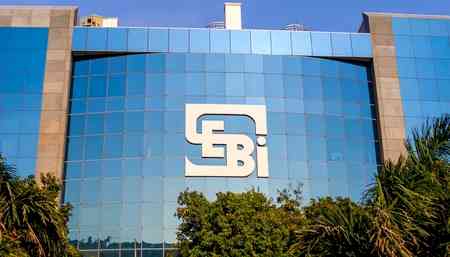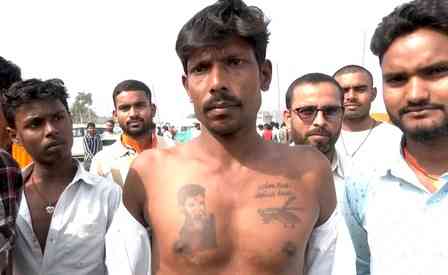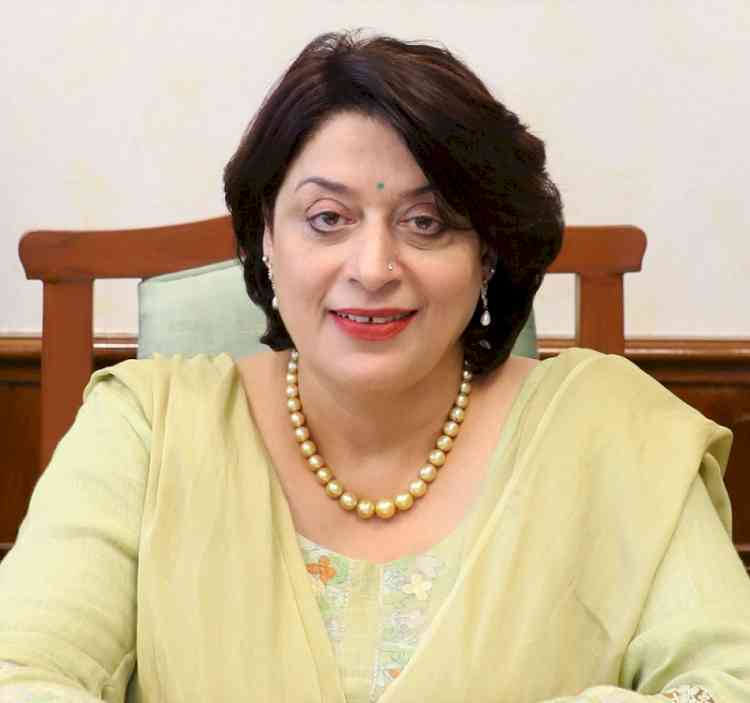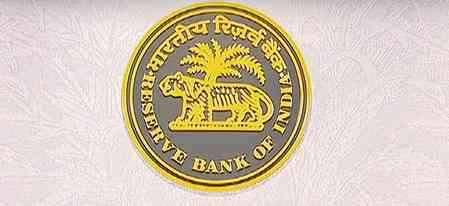Narendra Modi’s Enduring Bond with Himachal Pradesh
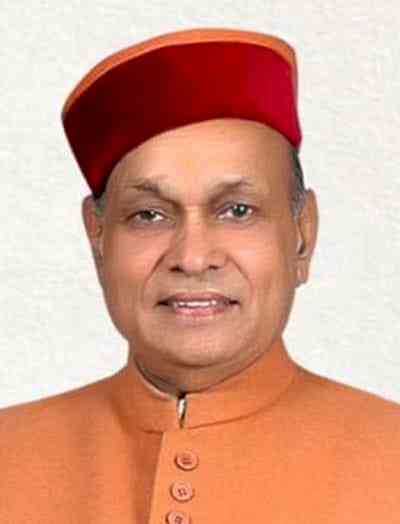
By Prem Kumar Dhumal, Former Chief Minister of Himachal Pradesh
Prime Minister Narendra Modi’s life journey – from a dedicated worker to the nation’s highest leadership – reflects his deep connect with different regions of India. Among these, one that stands out as a very personal, political, and spiritual bond is his relationship with Himachal Pradesh, the land of Gods, of valour, and of unmatched natural beauty. Long before he took charge of the nation, Narendra Modi had already left his imprint on the sacred valleys of Himachal.
His formal association with Himachal began in 1994, when the Bharatiya Janata Party appointed him in charge of the State. Even before this, his visits to Himachal had served as a medium of spiritual pursuit and close contact with the local culture. He often visited the Jakhu and Sankat Mochan temples in Shimla, carrying along roasted gram and jaggery to feed the monkeys on the way – a reflection of his compassion for all living beings and for nature.
The 1998 Assembly elections highlighted both Narendra Modi’s leadership and his grassroots connect with Himachal. At a time when there was neither social media nor modern campaign tools, he devised innovative methods of outreach, inspired party workers, undertook yatras, and ensured that local culture was respected through unique welcome gates. In Chamba, his initiative led to the creation of the ‘Gaddi Shawl Gate’, which became not only a symbol of local pride but also an effective medium to carry the BJP’s message directly to the people’s hearts.
Modi’s bond with Himachal was not limited to organisation and politics, but also reflected a deep personal connect with its nature and people. He would often visit the temple of Bijli Mahadev, a revered local deity, and along the way, spoke freely with villagers, showing keen interest in their experiences and circumstances. Once at the temple, he not only offered prayers but also enjoyed the surrounding natural beauty.
He played a crucial role in strengthening and energising the Bharatiya Janata Party (BJP) organisation in Himachal. He is credited with instilling greater discipline, organisation, and seriousness among party workers. Senior workers recall that, as State in-charge, the very first change he made was to transform the executive committee meeting from a half-day formality into a two-day residential programme – a step that laid the foundation of a stronger organisation.
He also began the tradition of involving workers collectively in projects, the best example of which is the BJP office in Shimla: ‘Deepkamal’. Its construction and inauguration happened during his tenure, with his significant contribution. The money his mother gave him for personal expenses was donated towards the office, which inspired other workers to contribute as well. Not only did he guide and support its construction, but he also motivated party workers to modernise the office with computer use, training them to adapt to changing times.
When the Himachal Assembly was dissolved early in 1998, Modi’s political acumen surprised everyone. He worked out an alliance between the BJP and the Himachal Vikas Congress (HVC), secured the support of an independent MLA, and even persuaded Congress leader Thakur Gulab Singh to contest the Speaker’s post. This reduced the Congress’s numbers, paving the way for the formation of a BJP–HVC government under Prem Kumar Dhumal. It was a remarkable display of his strategic skill.
His learnings from Himachal were not confined to the State. He later promoted mushroom cultivation in Gujarat, inspired by Solan’s model. He also suggested starting defence and strategic studies in universities to give an academic base to Himachal’s military tradition. Narendra Modi learned paragliding in Himachal too. Beyond politics, he has always regarded Himachal as Devbhoomi – the land of the Gods. He would sit in temple courtyards under trees, meditating for long hours. His deep faith in nature and divinity was reflected in both his life and his work style. He is also fond of Himachali cuisine – Mandi’s Sepu Badi, Chamba’s Madhra, and Kangra’s Dham are among his favourite dishes. This warmth for local culture brought him even closer to the people of Himachal.
His memory adds a special dimension to this bond – he still recognises and recalls workers and journalists from decades ago by name. In 2017, at a programme in Shimla, he addressed many old colleagues by name from the stage, and later went to the Indian Coffee House to enjoy its coffee, which he also mentioned in his speech. During the 2019 Lok Sabha campaign in Solan, he fondly recalled “Manohar Ji’s roasted gram” from his earlier visits. Such anecdotes show that Modi’s connect with Himachal goes beyond duty – it is woven into his memories, tastes, and life experiences, with new facets of this relationship emerging from time to time.
As Prime Minister, he continues to give special priority to Himachal – whether it is the construction of the Rohtang Tunnel or the strengthening of tourism and infrastructure. Himachal has given Narendra Modi a sense of belonging, trust, and lifelong lessons; in return, Modi has given Himachal new energy, growth, and a renewed sense of pride. This reciprocal bond makes the relationship complete and opens the door to new possibilities in the future.
(Views are personal)


 City Air News
City Air News 





